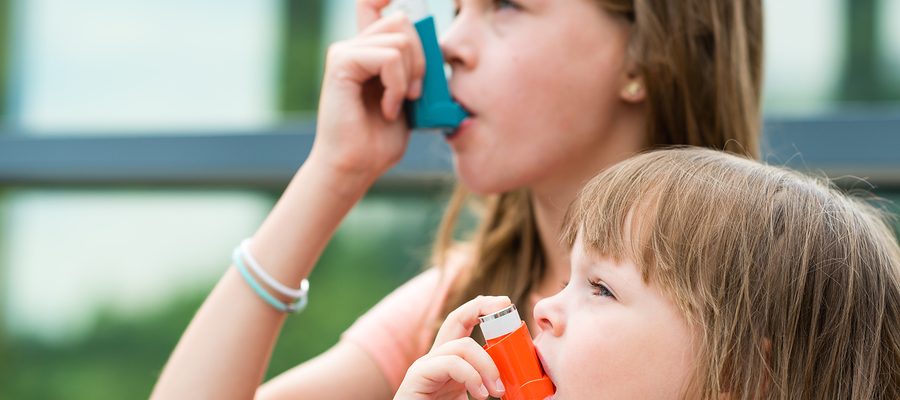A new report released by the World Health Organization (WHO) recently found that unhealthy environments greatly impact the health of young children under the age of 5. This report is the second edition of Inheriting a Sustainable World? Atlas on Children’s Health and the Environment. What the main message that is emerging basically states, is that we can prevent these deaths through providing a healthier environment for our children!
On top of that, the WHO released a companion report called Don’t Pollute my Future! The Impact of the Environment on Children’s Health. This report is a comprehensive overview of all types of environmental hazards affecting children’s health in negative ways. WHO found that most of these environmental risks are preventable with proper interventions! Since you’re reading a Mold Blog, can you guess what made it into the top 4 goals for reducing these hazards? MOLD!
Of the top most important environmental risks in this study, mold appears in the discussion in regards to Asthma:
“Asthma Asthma is one of the most important chronic diseases in childhood, with approximately 11–14% of children above 5 years around the world reporting current asthma symptoms (91). Global asthma prevalence in children has increased over the past decades with considerable differences between countries and regions (92, 93). Ambient air pollution, e.g. from motor vehicle exhaust, was associated with the development of childhood asthma (94–96). Both ambient and household air pollution and second-hand tobacco smoke can furthermore lead to increased asthma severity and exacerbation in young children (97, 98). Prenatal exposure to second-hand tobacco smoke can negatively affect lung growth and development (99) and both pre- and postnatal exposure can increase wheezing, asthma exacerbation and asthma incidence (100, 101). Other environmental exposures linked to asthma development and severity in children include indoor mould and dampness (102) and indoor allergen exposure, e.g. from dust mites, pollen’s, cockroaches or mice (98).”
If you continue reading the publication, you will eventually come to a list of goals that the WHO outlines we need to do in order to prevent these deaths in children. Goal number 4 is where Mold comes into play:
“Goal 4: Ensure inclusive and equitable quality education and promote lifelong learning opportunities for all. Inadequate sanitation facilities in schools may prevent children, particularly girls, from attending primary school. Inadequate access to safe water and energy sources through deforestation, land degradation and desertification may require children to spend substantial amounts of time fetching water and wood, which may interfere with school attendance. Children may also need to look after younger siblings who get sick due to repeated infections from poor water and sanitation or smoke from unclean fuels used for cooking or heating. Furthermore, environmental exposures that happen inside school buildings, such as to asbestos, lead, certain chemicals and mould, threaten children’s health and development. Ensuring access to basic services and resources can improve nutrition – a prerequisite for productivity and learning ability.”
We’ve pointed out this relationship previously in our blog Mold & Asthma. In order to reduce its prevalence the public needs to stand up and recognize the problem, take proper steps to assess and remove mold, and urge others to do the same. You can start today creating a healthy environment for your children by checking your home for mold. If you find any evidence of moisture issues (dampness), or existing mold take action now! Call a licensed mold assessor that you can trust like HNST Mold Inspections and lets start reducing the amount of exposure to our children now.




